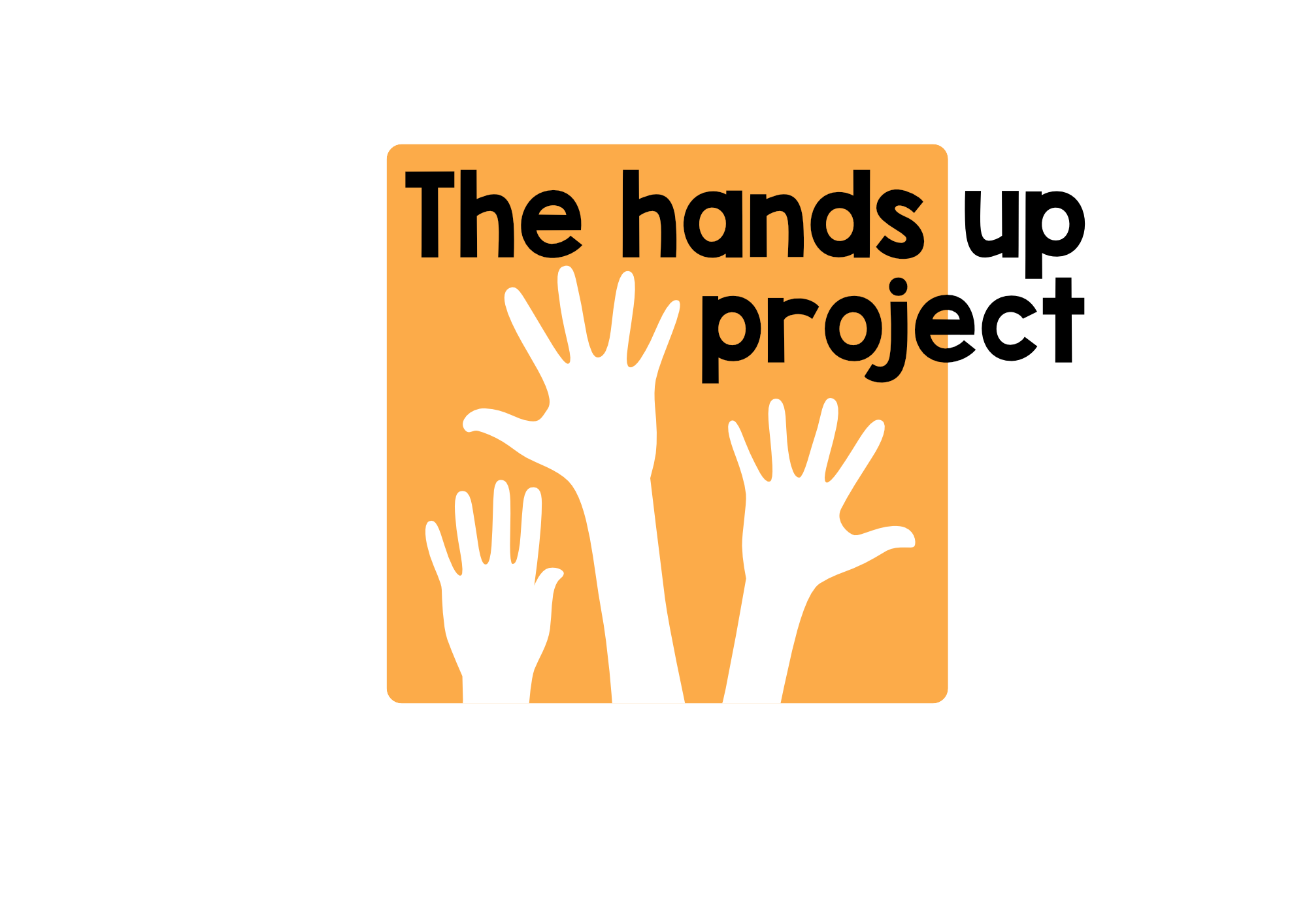Picture Dictations
Last week I was looking at how talking with children about the pictures they've drawn can be a useful thing to do in a classroom. This week I want to explore a slightly more structured activity which works with this idea.
The picture dictation has become a classic language teaching activity. I can't remember where I first heard about it but I've been using it ever since I first started teaching more than 25 years ago. It's a great way to develop listening skills, and to practice lots of areas of language that students find in their coursebooks, and it works well with large classes and low level learners.
In a standard picture dictation, the teacher looks at a picture but doesn't show it to the class. She describes it and the students try to draw their own picture which is as close as possible to the original. Some teachers insist on silence during this activity but I prefer it if the students can talk to their partners while they're doing it and look at each others' drawings. They can also ask the teacher questions. This way we encourage more interaction, and hopefully more learning. When they have finished, everyone gets to see the original picture, and differences can be discussed, either as a whole class, or in groups. This is a nice way to bring in a focus on language for comparing things ('My man is older than yours' 'Your tree has leaves on it' etc)
One way that I use this activity with stories is to choose an image which is central to the story and to do a picture dictation with it before I tell the story. This is a good way to create interest among the learners in what the story is going to be about. For instance with the story of The Jackal and the Crow I have used the picture below. Learners can also do picture dictations in pairs or groups, with one learner looking at a picture and the other(s) drawing. In fact this is a good way of following up a teacher led picture dictation (with different pictures of course!)
A very interesting variation on this, which I learnt from a trainee teacher from Malaysia, is where sometimes the picture that is being described is completely blank, and the describer has to invent a picture in their mind's eye. Those who are drawing have the extra task of deciding whether the picture is real, or being imagined.
Of course this is also something that can be done with pictures that students draw themselves. With the group in the video excerpt below, I asked everyone to draw a picture. It could be a picture of whatever they wanted to draw. Then some of them came up to the webcam and dictated their pictures to me. There's quite a lot of scaffolding going on in the interaction that followed. I think that this version of picture dictation can serve as a useful lead in to pair or group work, as there's a lot of modelling of the kinds of question that learners can ask themselves (What kind of tree is it? Is it on the left or the right? How many windows are there? etc)
So over to you! Can you use picture dictations in your classes? If so, in what ways and for which purposes?

